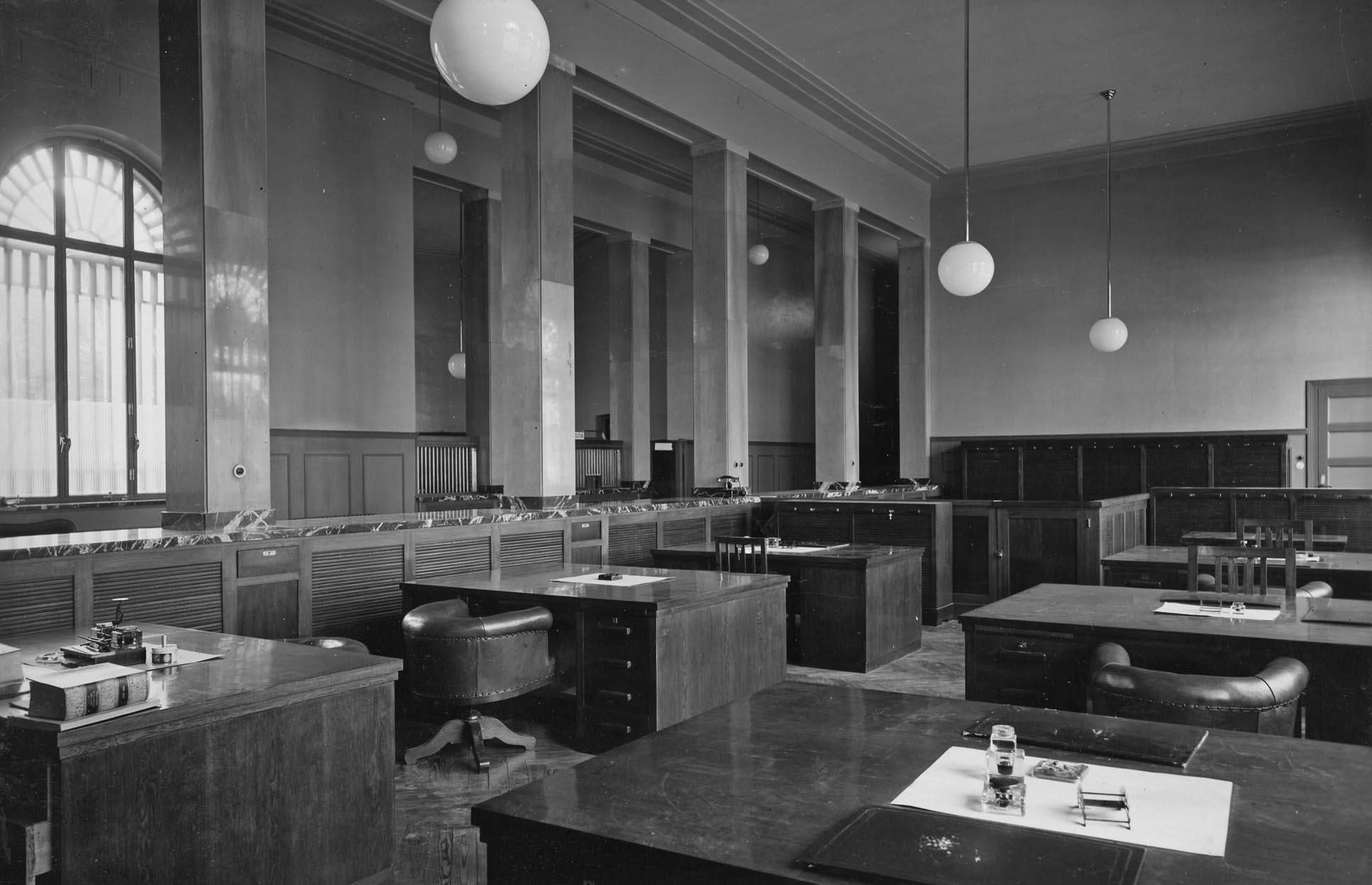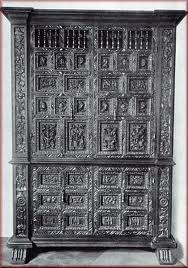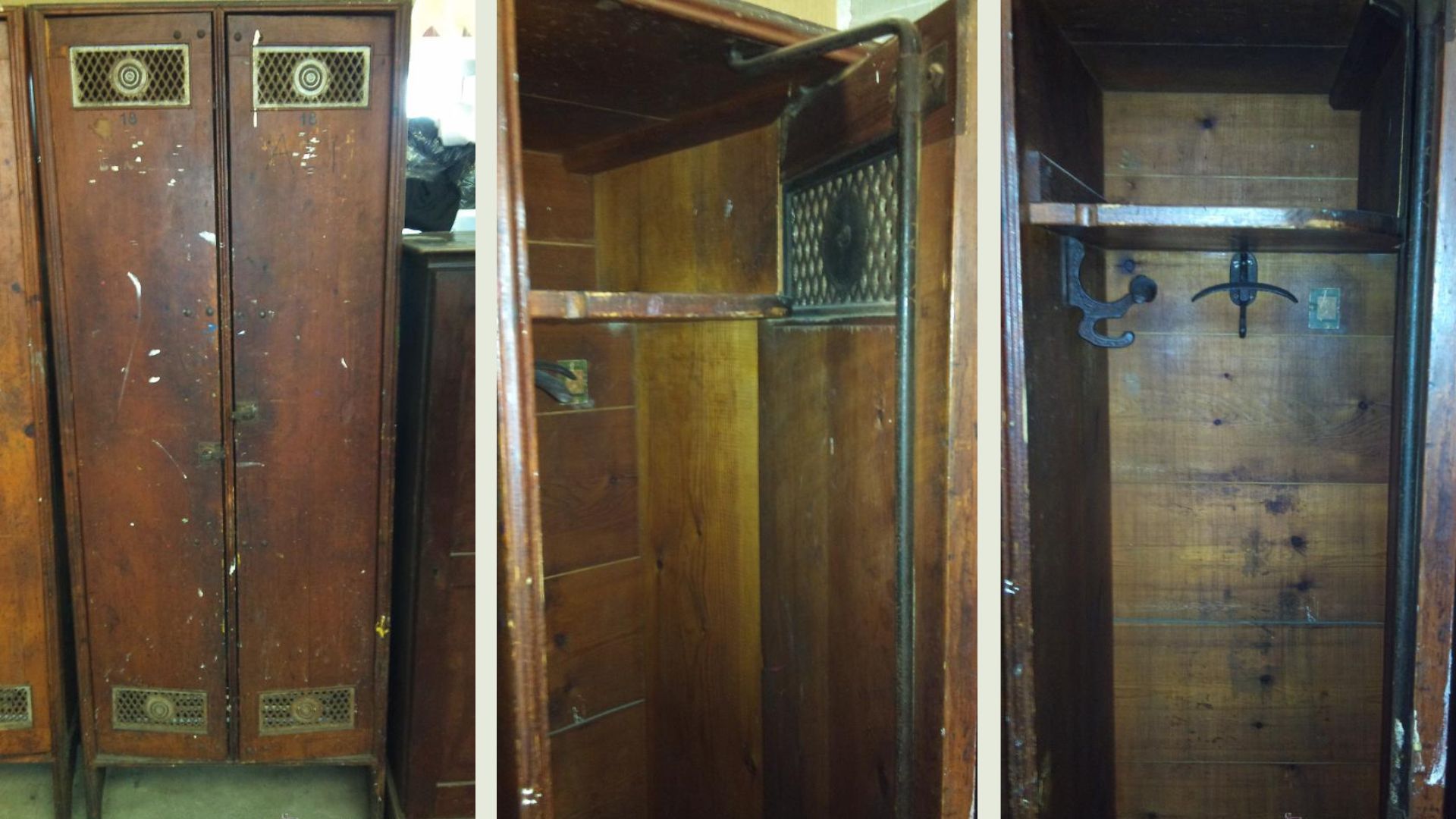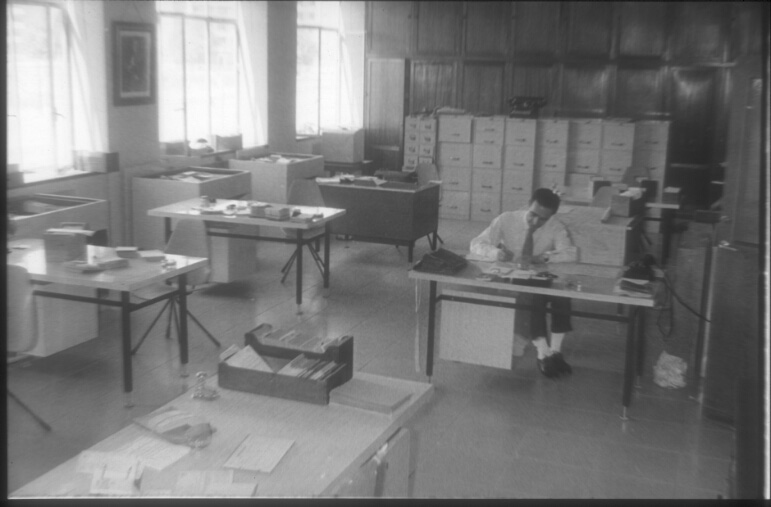There is no doubt that the office is not what it used to be. This hierarchical space, with dull colours and a plant relegated to a corner of the office without personality, has passed away. The worker well-being is today, one of most important things when we talk about create workspace and environments that promote the comfort, and productivity, of the employees thanks to the correct distribution and to the office furniture’s.
But, when did the changes begin? And who or what caused it to happen? The truth is that the big changes dot does not happen for no apparent reason, they are usually motivate for a need to adapt to a new situations, normally unexpected, that changes the way the people lives, the economy and the world as we knew.
The workspaces and the office furniture´s adapt to history
The arrive of industrialization brought with it the office jobs. This way of work, began to take shape during the 19th century, a period time when clerks were considered part of the social elite (oral and written knowledge of the language was required and, a certain specialisation at commercial levels). Gradually, this new business process needed more and more administrative tasks, including rational approach to manage invoices, record keeping, etc. Between 1860 and 1920, administration and bureaucracy taken over the business world.
Since the beginning of this new way of working, there has been a debate on the table that makes the offices go through an evolutionary process according to the demand and needs of the workers.
- The Taylorim (ca. 1904): Frederick Taylor, north American engineer, was obsessed with the efficiency and supervision in the work place. His obsession for it achieve to recognise as one of the first persons in design an office. Taylor created an open space where workers were sited in rows facing to the private offices in which the bosses were located, in order to the bosses could supervise the employees at every moment.
- Bürolandschaft (ca. 1960): in the western Germany, the work system starts to rethought and new organisational spaces were created according to objectives and work group. In this way, at the end of 50’s, the Schnelle brothers created the first planned office system. Their idea was deleting rows of desks and design a spacious, well-lit and serviced spaces.
- The Action Office (1964): this was the first office system with modular furniture, flexible work surfaces and low dividers, but it high cost made it difficult implement at first. So, in 1968, the Action Office II model was born, a more economically accessible version that combined independent and interchangeable panels with work modules, facilitating the possible modification of the work environment as required. This model is still in use today.
- Cubicle Farms (ca. 1980): this office model was born in the 1980s and was based on the partitioning of space into cubicles. As middle management proliferated, a new class of employee was created, one too young to have an office with a window and too important to have a simple chair and desk. Thus, the sea of cubicles was born, an economical way for facility managers to created separate spaces without having to rework existing space.
- Open Spaces: a return to the origin. These are offices whose design is based on creating diaphanous and undivided work spaces, in which workers have more possibilities of having contact with each other. Thus, achieving a more collaborative environment and a more optimised space. Currently, this is one of the office models most commonly used by corporations.
Storage spaces as office furniture’s
When we talk about the evolution of offices, we can understand that it’s a transformation that affects all areas of these spaces; from the way employees work and interact with each other, to the furniture that equips the spaces.
One of the office furniture that has undergone changes and adaptations throughout history are cupboards and lockers. Not only have they adapted their shape and design, but they have also changed material, thickness and weight.
Pay attention, we are now going to tell you a bit of history.
But, what modular office furniture’s?
According to the lawyer, Joaquín Aguirre Loustau (1959), “the modular office furniture’s is based on different loose parts, which in themselves constitute the different services for carrying out the work, which are adjustable among themselves, and whose conjunction among themselves, in various positions, makes them useful for forming work stations of different characteristics and nature, saving physical space while at the same time extending the work surface in a greater proportion than the sum total of their respective surfaces would represent.
In the case of storage office furniture’s, we can find modular lockers, this lockers are sold in the most IKEA style, a kit prepared in a box, in which the customer will find everything necessary to assemble his locker and place it in the right place, these are mostly made of metallic materials such as steel.
Maybe it’s to save time, but in general our customers prefer to have the lockers delivered once they are already assembled, which makes their work easier, saves them time and avoids possible errors during assembly.
As far as already assembled lockers and cupboards are concerned, we find that there is a much wider variety of materials, such as phenolic, melamine, PVC, etc.

With the beginning of the industrialization and the creation of jobs for office workers and managers who needed an office, they began to need safe and organised spaces in which to store objects and business documents. This is how cupboards and the first lockers for the office sector came into being.
Gradually, however, these lockers and cabinets evolved to lighter, cheaper, and simpler materials for mass production.
But its evolution is not only based on the change of materials. The real revolution of the lockers came from the hand of digitalisation, the internet, and the rise of online shopping. All these factors meant that the sector had to adapt quickly to the growing demand from ecommerce consumers, which led to the emergence of smart lockers and electronic lockers.
Materials for office furniture’s

As we have already mentioned, office furniture has gone through use varied materials according to the needs and manufacturing techniques available at any given time.
The use of wood in the manufacture of furniture dates to the time of the ancient Greeks, for which physical evidence has been first obtained. And its use and methods of extraction have continued to evolve as our society has progressed. For example, during the 12th century they were ornamented with baroque paintings and sculptural forms.
In the second half of the 19th century, a movement arose that sought to return to the craft traditions of the Middle Ages and that would serve as inspiration for the Art Nouveau that emerged in the last years of the 19th century and the first years of the 20th century.

Taquilla antigua - Extraída de todocoleccion.com
And the evolution of wooden furniture has continued until today. Thanks to the search for better materials and lower costs, materials such as melamine or phenolic have been created to manufacture furniture such as:
- Melamine lockers: melamine is one of the most recommended materials for educational centres as they are resistant to low humidity spaces, have great resistance for storing utensils and are easily customisable.
- Phenolic lockers: phenolic has a high resistance to the passage of time and wear and tear that other materials can present, as they are waterproof, fireproof, and antibacterial. In addition, these lockers do not require assembly..
Metal furniture has become one of the most sought-after trends in recent years, or at least that's what HOLA magazine stated in its article Metal is in fashion - incorporate it into the decoration of every room! But something that seems so new has been around for a long time.
In ancient Rome the most common furniture was made of wood, but there was also more luxurious furniture designed from more resistant and expensive materials for the wealthier classes. This furniture was made of metal, and was notable for being elegant and uncluttered. But its use throughout history does not stop here. This material was also used in the Middle Ages, especially for bed frames, as the metal prevented damp from damaging the beds and repelled bugs and moths.
The progress made in metal furniture, thanks to the impetus of the railways, was stalled by the rejection of mass production. But this quickly changed and in the 20th century, metal furniture began to take its course again and in 1950 it became popular to resort to it as part of the furniture.

Since then until now a days, the metal is an essential part of our furniture, both for quality and design, found in office furniture as well as in the furniture we use today:
- Steel lockers: they have a welded structure that makes them highly resistant and facilitates installation work because they do not require assembly. In addition, they are made of cold-rolled sheet steel and painted with EPOXI powder paint, so they can be easily cleaned.
- Stainless steel lockers: this material is recommended for humid environments, its integral cleaning is quite simple and they are water resistant, which gives them durability and resistance. They are perfect for sports areas with swimming pools.
Regardless of the material you are looking to equip and decorate your offices with, what we recommend is that you correctly identify the characteristics of your environment, so that you get the best furniture for your future working environment.
